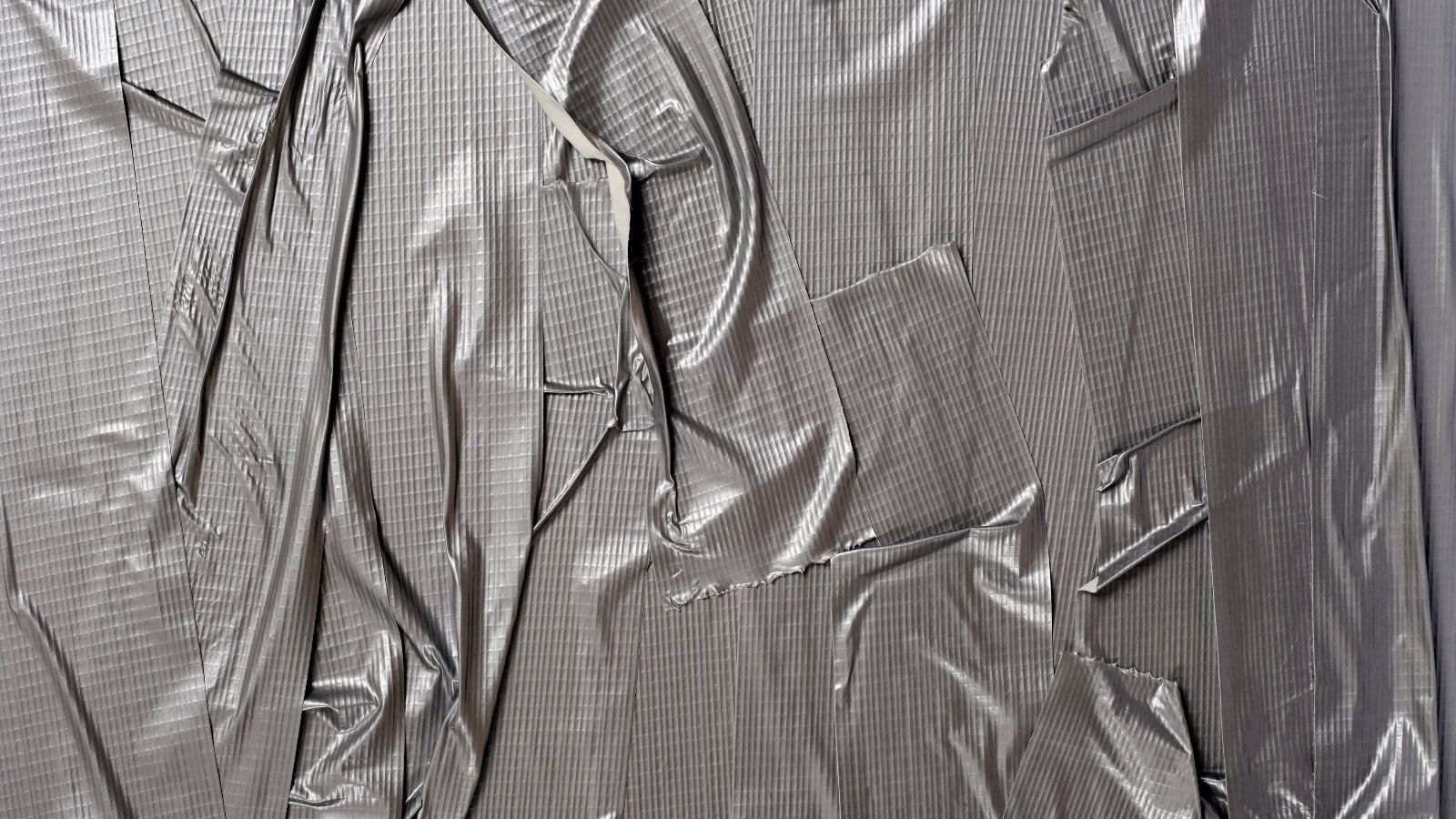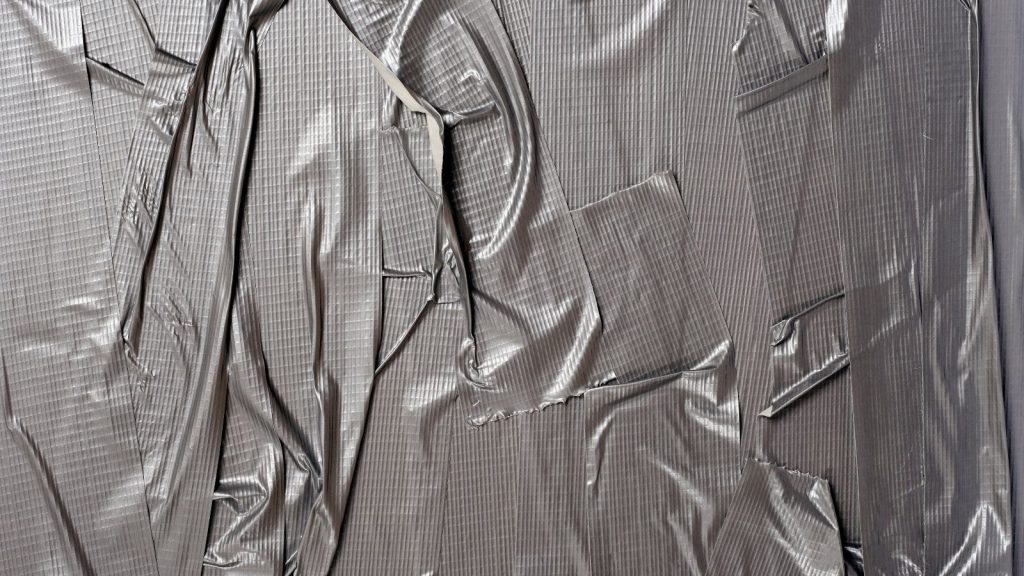
Duct tape is a cloth tape coated with a poly-ethylene resin on one side and very sticky rubber-based adhesive on the other.
Unlike glue, which forms a bond once the substance hardens, duct tape is a pressure-sensitive adhesive that relies on the degree in which pressure is applied. The stronger the pressure, the stronger the bond, particularly with surfaces that are clean, smooth and hard.
Unlike other tapes, the fabric backing gives duct tape strength yet allows it to be easily torn.
From home repairs to camping to art projects, duct tape has thousands of uses.
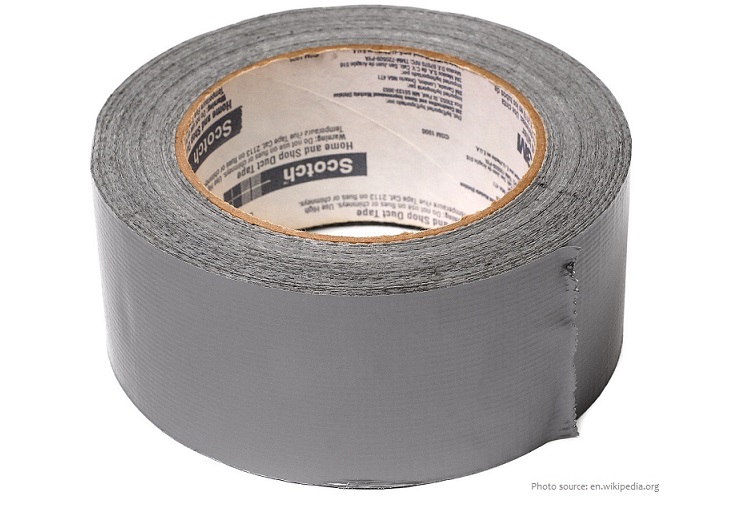
In 1923, tape pioneer Richard Gurley Drew at 3M invented masking tape, a paper-based tape with a mildly sticky adhesive intended to be temporarily used and removed rather than left in place permanently. In 1925 this became the Scotch brand masking tape. In 1930, Drew developed a transparent cellophane-based tape, dubbed Scotch Tape. This tape was widely used beginning in the Great Depression to repair household items.
Neither of these inventions was based on cloth tape.
Duct tape was originally invented by Johnson & Johnson’s Permacel division during WWII for the military. The military specifically needed a waterproof tape that could be used to keep moisture out of ammunition cases.
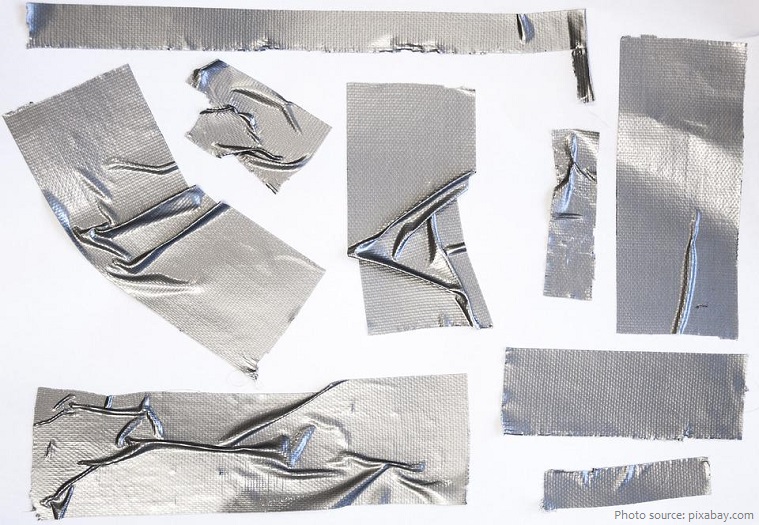
Duct tape was originally named “Duck” tape and originally only came in green, not silver. As to why it was originally called “Duck” tape by the soldiers isn’t entirely known. It is commonly thought that because it
was green and shed water, like a duck, the soldiers took to calling the tape “Duck” tape. An alternative theory is that they called it thus because it resembled strips of cotton duck. Which one is true or if it was a combination of the two, isn’t known, but in either case they called this new tape “Duck” tape.
The ultimate wide-scale adoption of duck tape, today generally referred to as duct tape, came from Vesta Stoudt. Stoudt was worried that problems with ammunition box seals could cost soldiers precious time in battle, so she wrote to President Franklin D. Roosevelt in 1943 with the idea to seal the boxes with a fabric tape which she had tested. The letter was forwarded to the War Production Board, which put Johnson & Johnson on the job. The Revolite division of Johnson & Johnson had made medical adhesive tapes from duck cloth from 1927 and a team headed by Revolite’s Johnny Denoye and Johnson & Johnson’s Bill Gross developed the new adhesive tape, designed to be ripped by hand, not cut with scissors.
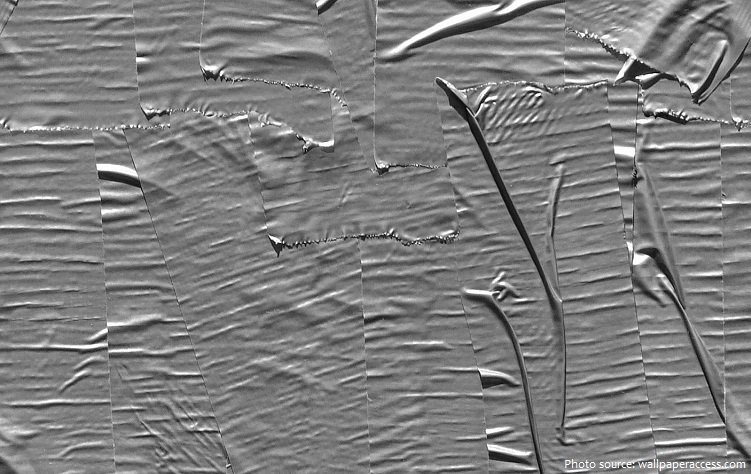
After the war, the tape is put to use holding ventilation ducts together and gains the name “duct tape” and becomes to traditional silver color.
Duct tape was a huge hit with soldiers due to its strength, versatility and waterproof properties. Used to make all sorts of repairs from boots to furniture, it’s also a popular fixture in the world of motorsports, where crews use strips to patch up dents. Film crews working on-set have a version called gaffer’s tape, which doesn’t leave a sticky residue.
A Walmart store in Springfield, Missouri sells more Duct tape per person than any other place in the world. Springfield, Missouri is also considered the “Duct tape capital of the world”.
In March 2003, three people died of suffocation after following Homeland Security’s suggestion of creating a “safe” room from chemical warfare by sealing up all windows and doors with thick plastic and duck tape.

Duct tape was famously used to create a fix for the failing Apollo 13’s carbon dioxide filters. Ed Smylie, who designed the scrubber modification, said later that he knew the problem was solvable when it was confirmed that duct tape was on board: “I felt like we were home free. One thing a Southern boy will never say is, ‘I don’t think duct tape will fix it.’”
NASA also used Duct tape during the Apollo 17 mission to repair a damaged fender on the lunar rover, which was critical to keep lunar dust from the rover’s rooster tails from damaging the rover.
Duct tape is now primarily manufactured by over eight different companies, the largest distributor of which is “Duck” brand Duct tape, manufactured by Shurtape Technologies in Hickory, North Carolina.
The strongest duct tape is T-Rex® Brute Force® tape, produced by Shurtape (USA), with a tensile strength at break of 303.5 lbs per inch in tests performed by Chemsultants International, in Mentor, Ohio, USA, between
31 March – 22 April 2021.
The largest gathering of people wearing duck tape (duct tape) is 752, achieved by Destination ImagiNation (USA) in Knoxville, Tennessee, USA, on 22 May 2014. The attempt took place as part of the Destination ImagiNation Global Finals.
